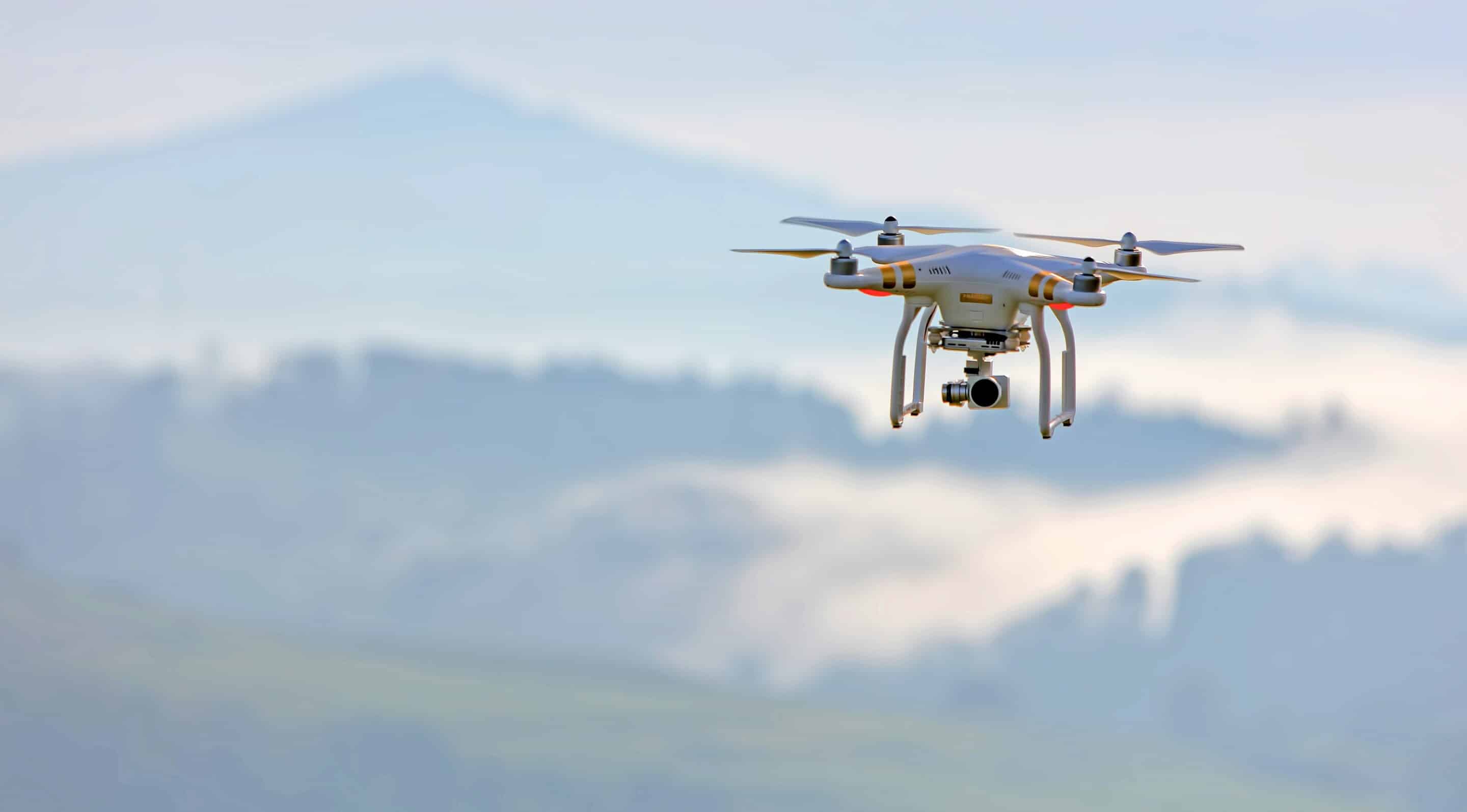
Republican Senators Investigate Food Delivery Companies Over Migrant Workers
Republican senators are launching an investigation into Uber Eats, DoorDash, and Grubhub following a report by the New York Post on the companies’ employment practices regarding migrant workers. Read the rest of the article here.

Drone startup Zipline hits 1 million deliveries, with more to come!
Autonomous delivery drone startup Zipline said Friday that it hit its 1 millionth delivery to customers and that it’s eyeing restaurant partnerships in its next phase of growth. Read the rest of the article here.

Forage and Uber Eats Collaborate for SNAP EBT Grocery Delivery
Forage and Uber Eats have joined forces to provide online grocery purchasing and delivery services for recipients of the Supplemental Nutrition Assistance Program (SNAP) Electronic Benefits Transfer (EBT) Read the rest of the article here.

Uber’s lost-and-found items include toupee, live turtle
Uber‘s annual Lost & Found Index revealed some of the most unusual items left behind in ride-share cars over the past year including a toupee, a ceramic cat, and a live turtle. Read the rest of the article here.
